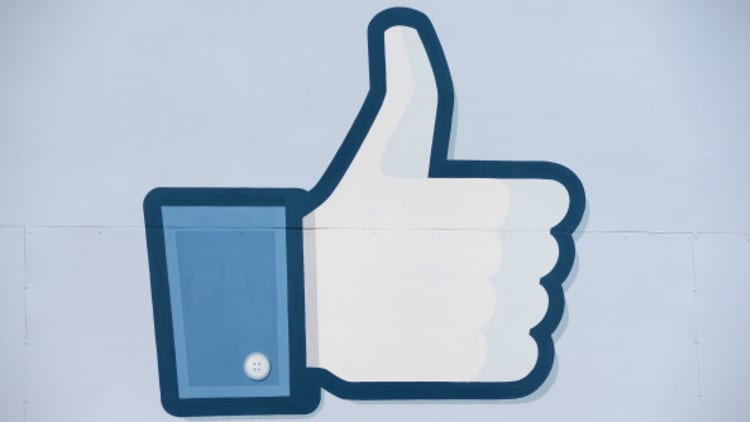
Ahead of the U.S. elections in November 2018, Facebook and Twitter announced new programs to provide clarity over what ads are running on their platforms and who is buying them.
Facebook announced it was expanding its View Ads program on Thursday. View Ads, which initially launched in Canada, allows users to see every live ad a Page is running regardless if it is political or not. Users can see ads across the world, and report inappropriate content. There is no plan to show past ads, unless they are political.
It is also adding an info and ads section on each Page, so users can see when the page is created and recent name changes. More updates to this feature will be added over the coming weeks.
"I don't think any company has come close to the amount of transparency we've put out in our ads system and ad guidelines," chief operating officer Sheryl Sandberg said at a press event.
Sandberg addressed concerns outlets and marketers had over misclassification. Some promoted posts from news organizations were being classified as political, according to a ProPublica report. Facebook will share more examples of what it designates as an issue-based ad over the next few weeks to help clear up confusion.
"In order to be transparent, people want to see all the things that are happening regarding political ads around the site," Sandberg said. "In order to be more inclusive, we decided to include everything. But it was a hard decision."
Most of the concerns over the system, however, came from advertisers who were afraid they would lose a competitive advantage if others saw their ads, Sandberg said.
"It's mainly concern that their competitors are going to see their ads that are running," Sandberg said. "For the most part, people have been supportive."
Sandberg also acknowledged issues over ad approval delays, saying some politicians have complained because ads can't be timely. More manual reviews and checks has caused the system to slow down, she said.
"We're going to move through as quickly as possible, but anything we are checking is going to be slower," Sandberg said.
In a similar vein to provide more access to information on ads, Twitter launched its ads database —called the Ads Transparency Center — on Thursday. It will show all ad campaigns that have run on a Twitter handle over the past seven days. Political advertising will have additional information including billing information, ad spend, how many times the ad was loaded (known as an impression) and the intended audience.
Both announcements are another step towards adding more checks and balances in their ad ecosystem after a contentious election revealed foreign parties purchased advertising in an attempt to sway the 2016 election. Facebook said about 10 million people saw ads bought by Russian groups trying to influence U.S. opinion.
In May, Facebook unveiled a searchable database where people can find every single political ad run on its platform, including election and issue related promoted posts. The archive, which holds ads for up to seven years, will also show budget, intended audience and how many people saw the ad. Facebook will also release an API to allow certain groups to have access to large amounts of data from the political ad database later this summer. Both Facebook and Twitter also require any politically themed ads to be labeled, and purchasers must certify they are from the U.S.



